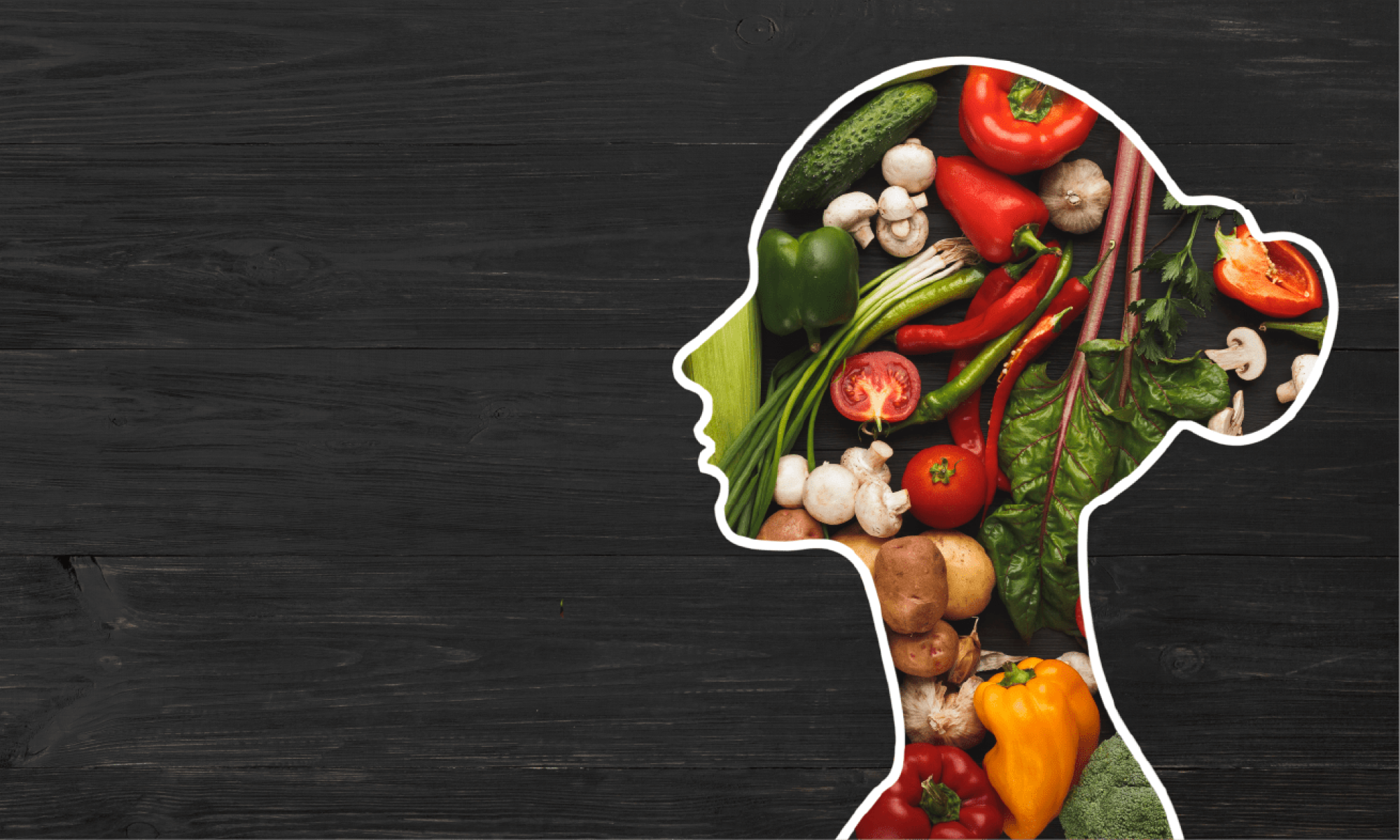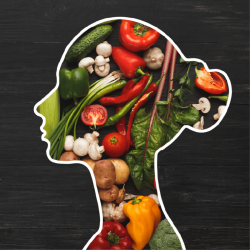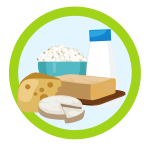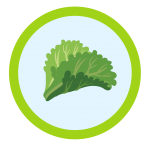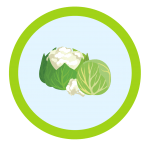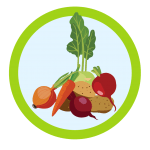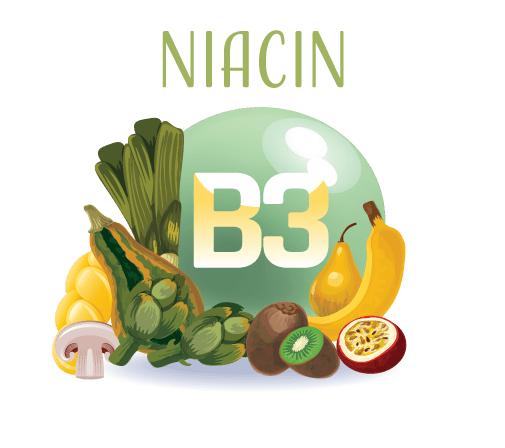
Niacin: Small Intestine to Big Impact - Fuel Your Metabolism with Vitality.
Niacin is an essential nutrient required for the proper functioning of various bodily processes. However, it is not naturally produced by the body in sufficient quantities, which is why it must be obtained from external sources such as diet. Once ingested, niacin is primarily absorbed in the small intestine and is transported to the liver. The liver acts as a processing center for niacin, converting it into its active forms, which are then released into the bloodstream to be transported to various body tissues.
Moreover, the body can produce niacin from the amino acid tryptophan, which is present in many dietary sources such as dairy, poultry, fish, and nuts. However, this conversion process is not always efficient, and the body’s requirement for niacin may not be met. This is why it becomes crucial to ensure that adequate amounts of niacin are included in the diet through conscious food choices.
The recommended dietary allowance for niacin ranges from 16 mg/day for adult men to 14 mg/day for adult women. Pregnant and breastfeeding women have slightly higher RDAs.
Meat & Protein
Grass Fed Red Meat
. Beef liver – one of the richest sources of niacin with 217% of the daily value per 3.5oz serving.
Lamb chops – a tender and tasty meat that contains 28% of the daily value per 3.45oz serving.
Bison meat – another lean red meat with 91% of the daily value per 3.5oz serving
Beef chuck – a tender and flavorful cut of beef with 49% of the daily value per 3.5oz serving.
Beef chuck – a tender and flavorful cut of beef with 49% of the daily value per 3.5oz serving.
Grass Fed DAIRY
Milk – 1 cup provides approximately 20% of the daily value (DV).
Yogurt – 1 cup of low-fat plain yogurt provides approximately 16% of the DV.
One cup of cream provides about 31% of the daily value.
Buttermilk – 1 cup of low-fat buttermilk provides approximately 12% of the DV.
Cottage cheese – 1 cup of low-fat cottage cheese provides approximately 10% of the DV.
Free Range White Meat
Chicken breast: A 3-ounce serving of cooked chicken breast contains 8.8 mg of niacin, which is 44% of the daily recommended intake.
Pork tenderloin: A 3-ounce serving of cooked pork tenderloin contains 4.3 mg of niacin, which is 22% of the daily recommended intake.
One large egg yolk containsapproximately 18% of the recommended DV for adult men and women.
Turkey breast: A 3-ounce serving of cooked turkey breast contains 6.7 mg, which is 34% of the daily recommended intake.
Rabbit: A 3-ounce serving of cooked rabbit contains 3.9 mg of niacin, which is 20% of the daily recommended intake.
Pheasant: A 3-ounce serving of cooked pheasant contains 3.4 mg, which is 17% of the daily recommended intake.
Fruits, Vegetable, Leafy Greens & whole Grains
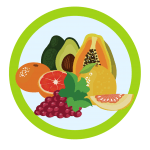
Organic Fruit
Peaches are not only delicious but are also high in niacin. One medium-sized peach contains about 1% of the daily recommended intake.
Just one average-sized mango providing up to 8% of the daily recommended intake.
Pineapple is not just a tasty tropical fruit, it is also rich in niacin. One cup of fresh pineapple contains around 4% of the daily recommended intake.
One medium-sized avocado provides about 17% of the daily recommended intake.
Dragonfruit: This exotic fruit is a good source of niacin, with one cup containing about 8% of the daily recommended intake.
Leafy Greens
A 1-cup serving of cooked spinach contains approximately 10% of the recommended daily intake needed by adults.
Mangoes: This sweet tropical fruit is an excellent source of Vitamin B3, with one average-sized mango providing up to 8% of the daily recommended intake.
1 cup of cooked collard greens contains approximately 0.6 mg, which is about 4% of the daily recommended intake.
Mustard Greens – 1 cup of cooked mustard greens contains approximately 0.4 mg of niacin, which is about 3% of the daily recommended intake.
Romaine Lettuce – A serving of Romaine lettuce contains approximately 5% of the daily recommended intake.
Cruiciferous
Brussels sprouts – 1 cup (156g) of cooked Brussels sprouts contains 1.2mg, which is 8% of the daily value.
Cauliflower – 1 cup (100g) of cooked cauliflower contains 0.5mg of niacin, which is 3% of the daily value.
Cabbage – 1 cup (89g) of cooked cabbage contains 0.2mg of niacin, which is 1% of the daily value.
Broccoli – 1 cup (91g) of cooked broccoli contains 0.6mg of niacin, which is 4% of the daily value
A single sweet potato provides 15% of the daily value of niacin.
Carrots – One cup of chopped carrots contains 6% of the daily value of niacin.
One medium-sized turnip provides 6% of the daily value of niacin.
Parsnips – One cup of chopped parsnips contains 5% of the daily value of niacin.
Beets – One cup of chopped beets contains 4% of the daily value of niacin.
Radishes – One cup of chopped radishes contains 3% of the daily value of niacin.
Rye – One cup of cooked rye contains approximately 2.5 mg of niacin.
Oats – One cup of cooked oats offers about 1.4 mg of niacin.
Barley – One cup of cooked barley contains about 3.2 mg of niacin.
Whole wheat – One cup of cooked whole wheat offers about 3.2 mg of niacin.
Beets – One cup of chopped beets contains 4% of the daily value of niacin.
Brown rice – One cup of cooked brown rice provides approximately 6.6 mg of niacin.
Quinoa – One cup of cooked quinoa provides approximately 1.4 mg of niacin.
Did you know?

One interesting fact about niacin is that it was first discovered in 1937 when researchers observed that a deficiency of the vitamin caused a condition known as pellagra. Symptoms of pellagra include dermatitis, diarrhea, and dementia, and it was once a widespread disease in the southern United States.

It was once used to treat schizophrenia: In the 1950s, niacin was used as a treatment for schizophrenia. Although this use has largely been abandoned due to lack of evidence, some studies suggest that niacin may have a positive effect on certain types of psychotic symptoms.
